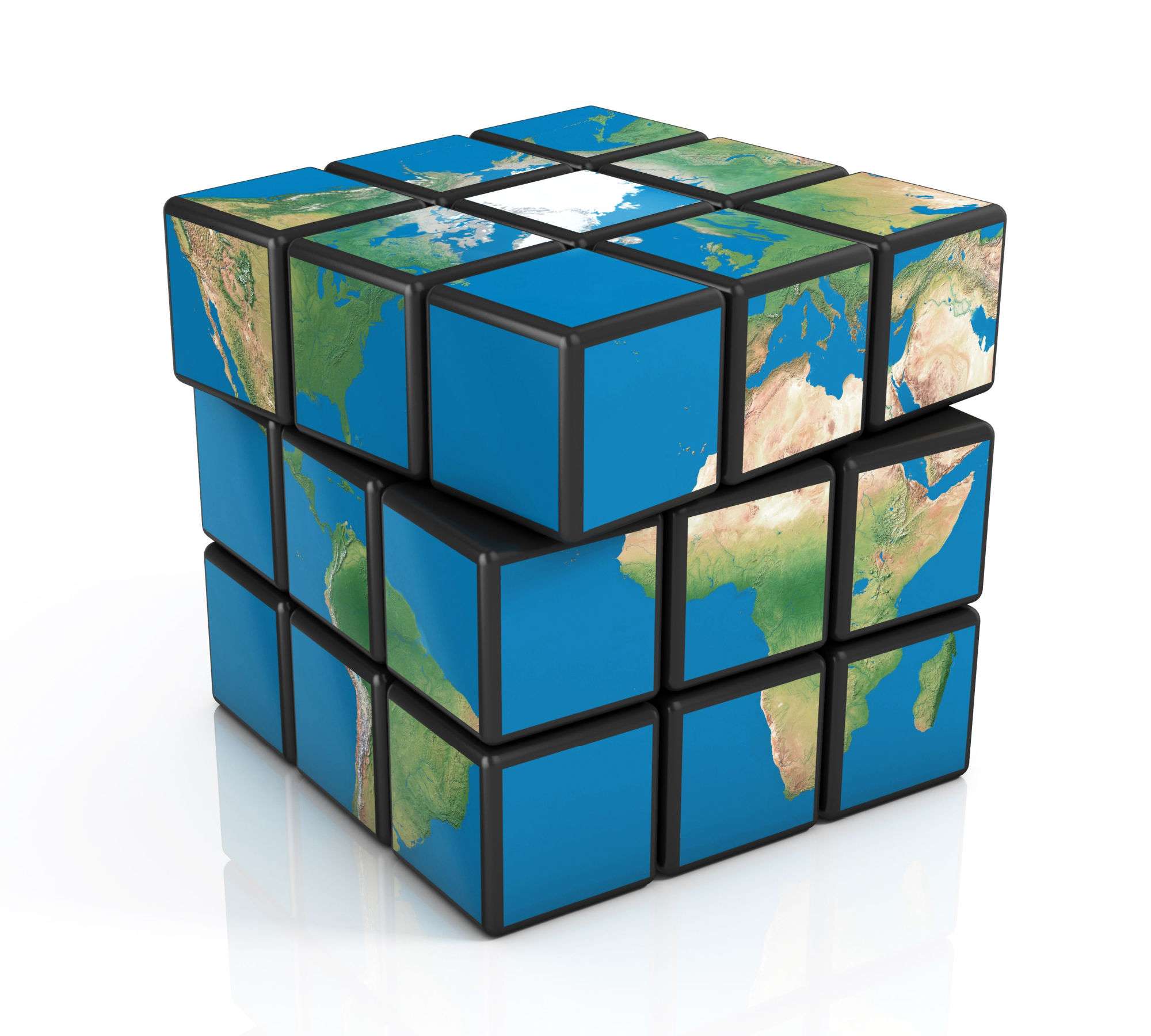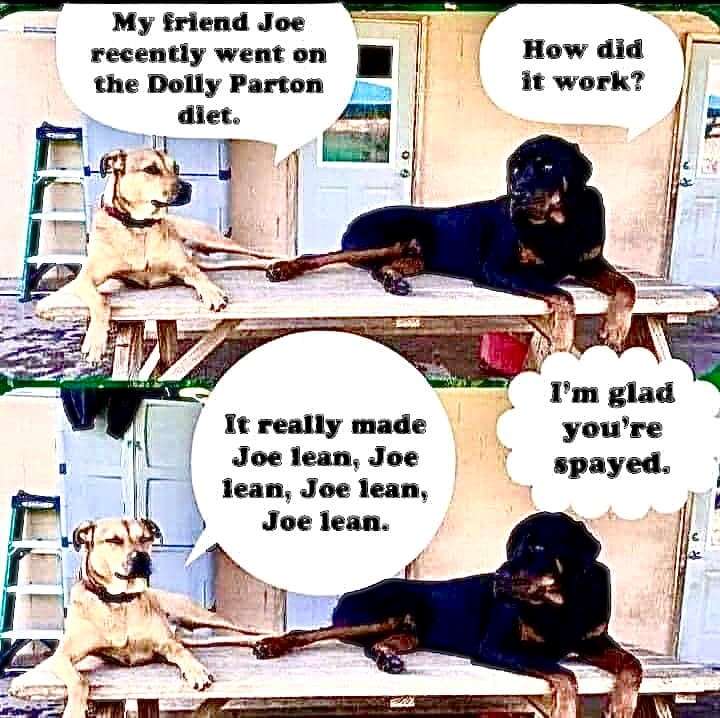
12 Nov “The Changing World Order”
“Although many pessimists hear echoes of the 1930s …, 2022 is not 1939.” – The Lonely Realist
A TLR theme has been to highlight parallels between the Great Depression decade and the decade following the Global Financial Crisis (GFC). The former served as a prelude to WWII. The latter has yet to play out. Probing the parallels provides food for thought. Although history rarely repeats, it does entail a fair bit of “rhyming.” Similarities between the last several years and the 1930s indeed “rhyme” in ways that reflect era-ending changes. While today’s critical issues and players most certainly differ from those of 90 years ago, the 21st Century has been tumultuous, packed with revolutionary advances in science, technology and medicine and challenged by the COVID pandemic, extremist politics and economic mismanagement that has led to rising levels of internal and external conflict and the accumulation of historic levels of debt. These latter challenges create risks that necessarily will have consequences. Precisely what those consequences will be can only be guessed-at – the past provides merely a reference set. Making predictions after all is a difficult business …, especially about the future.
It was more than 3-1/2 years ago, in March 2019, that TLR first discussed those risks by contrasting the post-GFC world with the tensions that had buffeted and then boiled over in the 1930s. Commonalities included “a rising tide of nationalism, an increased reliance on tariff barriers, and an embracing of socialist/anti-capitalist beliefs.” As in the 1930s, “Central Bankers continue to wield incredible power and influence” with “increasing similarities among the centralizing policies pursued by [the great powers,] China and the U.S.” and Statism gaining in popularity as it had 90 years previously. The parallels between the two eras have been both alluring and frightening. The causes and contexts of the post-Great Depression were different from the challenges facing the contemporary world …, suggesting (hopefully) that the outcome today will turn out to be both different and better. The world is not now repeating the 1930s and, in fact, whatever is rhyming is doing so with disharmonies. There is more complexity today with differences that are significant. The incredible agricultural, industrial, technological and biotechnological revolutions of the past 250 years have combined to sow the seeds for ongoing prosperity at levels never before imagined. As TLR has observed, these unique times offer a host of opportunities …, and a plethora of risks.
The world is in the midst of major changes, changes that create imbalances …, and it is those imbalances that offer opportunities and raise risks that can either benefit or destabilize the U.S. and the world.
Ray Dalio earlier this month presented his view of the three most serious risks, penning his analysis as an update to Principled Perspectives in a chapter of his historical cycle analysis entitled The Changing World Order is Approaching Stage 6, where he describes why the world is facing the final stage of the current “Big Cycle.” Dalio’s focus is on three critical hurdles, one being escalating international conflicts (Stage 6 of the Big Cycle being “The War Stage”), a second being domestic social conflicts, and a third being unsustainable government debt.
Whereas the post-WWII world was unipolar, overseen by a Pax Americana with America playing the role of global hegemon presiding over a made-in-the-West value system that drove a commonality of international interests, today’s world has devolved into a free-for-all. The U.S. occupies one side and America’s multiple enemies (a group TLR has labeled “The Axis of the Sanctioned”) occupy another in a global push-pull. Dalio writes that “This is now most obvious in 1) Russia’s conflict with Ukraine and NATO countries, 2) the US’s conflict with China, 3) North Korea’s threats to its neighbors, and 4) Iran’s conflicts with Israel and Saudi Arabia. Less obviously, many other countries are having conflicts (e.g., Turkey in conflict with Greece, India in conflict with Pakistan and China, Yemen in conflict with the UAE and Saudi Arabia, and Palestine in conflict with Israel).” Dalio cautions against repeating the mistakes that stoked The Guns of August and 1939-1945. Doing so, however, will require adept leadership.
Domestic conflicts are a second risk. They exacerbate instability. The only successful way to address instability, Dalio writes, is to sideline the extremists who stoke it: “Develop a strong and smart political middle that represents the majority of people…. Because the policies that the majority of people want are both most acceptable and more sensible than the policies that the extremists are fighting for, it should not be all that difficult to put together a platform that represents what the majority in the middle wants” (a direction persistently advocated by TLR). The problem is that attracting that “great middle” requires effective leadership, which is sadly lacking today.
Excessive government debt presents the third problem. Dalio’s proposed solution requires allocating national budgets to “those things that are more productive and benefit most people (such as education [a priority long-championed by TLR])” and by executing a deleveraging strategy that spreads out and reduces debt levels relative to real incomes. While not literally Utopian, Dalio’s proposed solution comes breathtakingly close. Deleveraging from today’s exalted extremes necessarily would entail the destruction of both wealth and real incomes. Politicians instead will continue doing what they’ve been doing for the past two decades: kicking the can down the road. They apparently will do so until the road ends.
TLR Index
An index of TLR titles can be found here.
Finally (from a good friend)




No Comments